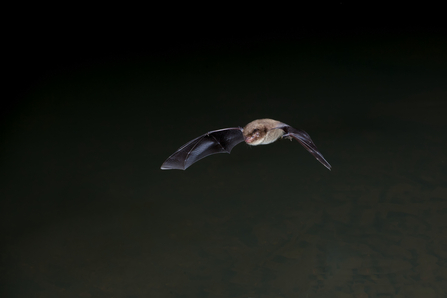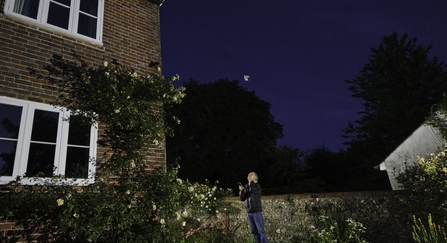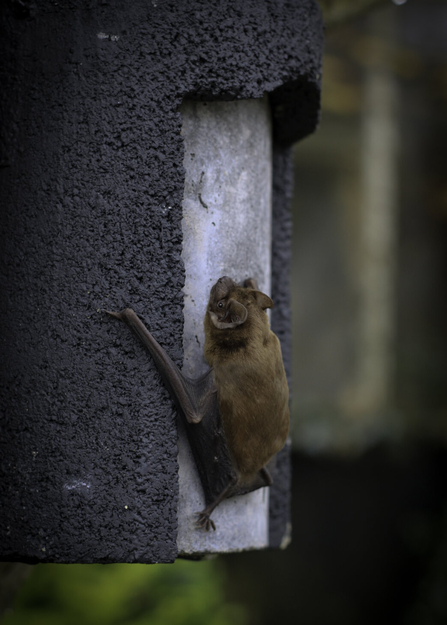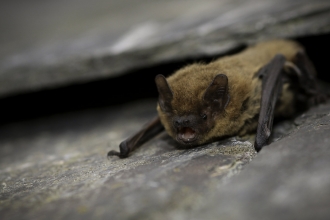Saturday 26th August marks International Bat Night, an opportunity to celebrate Britain’s 18 species of bat. Bats are most active in the summer months when they come out of hibernation, hunt insects, give birth and raise young. The best time to see them is around sunset or sunrise when it is warm and dry, often above our gardens.
Yorkshire Wildlife Trust's Moorlands nature reserve to the north of York has a number of bat boxes which have been successfully used by common pipistrelle and brown long-eared bats, with soprano pipistrelle, Brandt's and Daubenton's bats having also been recorded here.
A summer evening stroll along the Lines Way near Leeds will offer a glimpse of bats foraging overhead. Potteric Carr nature reserve near Doncaster is also a great place to spot bats, and Staveley nature reserve in north Yorkshire is particularly good for pipistrelles.
If heading out onto the reserve after dark, make sure to take a torch, dress sensibly and let someone know where you’re going.





